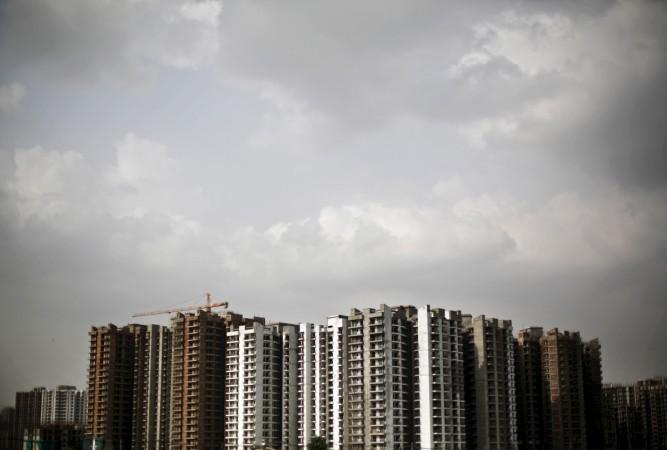
There is a widespread expectation that banks will reduce interest rates after the Reserve Bank of India (RBI) cut the repo rate by 25 basis points in line with market expectations. The expectations are reinforced by RBI Governor Shakthikanta Das' statement that he would interact with all stakeholders to ensure that people will benefit from the Monetary Policy Committee (MPC) decision to reduce the rates. Housing and car loan consumers are among those likely to benefit most by the rate cut.
"It has been decided to hold further consultations with stakeholders and work out an effective mechanism for transmission of rates," Shaktikanta Das said after announcing a 25 basis point cut in repo rate for the second time this calendar year, according to Economic Times.
The MPC's rate cut decision of Thursday was on a 4-to-2 majority and the panel maintained the 'neutral' stand to belie the hope for a change to 'accommodative'. The MPC decision was expected in the background of headline consumer price index (CPI) having come down to 2.6 per cent. "We believe MPC was cautious in its outlook looking at the way crude oil prices have steadily headed higher owing to supply cuts by Opec and other supply disruptions from Venezuela," Gopikrishna Shenoy of SBI Life said.
The MPC expects this rate cut would strengthen domestic growth by spurring private investment which has remained sluggish. However, only the State Bank of India (SBI) has announced the decision to reduce the interest rate by 25 basis points on cash credit and overdraft facilities with a balance over Rs 1 lakh from May 1. The revised rate would be 8.25 per cent.
The reduction in the marginal cost of funds based lending rate (MCLR) is likely to be 8-10 basis points, depending on the tenor of loans, a senior SBI executive said, according to a report in Business Standard. The bank will also cut the rate on savings deposits (above Rs 1 lakh) by 25 bps to 3.25 per cent.
The SBI had said in March that it would use RBI's policy rate as an external benchmark for the savings deposit rates and short-term loans from May 1. It is the first bank to announce a timeline for switching to external benchmarks.

The SBI's interest on cash credit accounts and overdraft accounts with over Rs 1 lakh will be 2.25 percentage points above the repo rate. The risk premiums over and above this floor rate would be based on the risk profile of the borrowers.
The RBI is closely watching the upsides to inflation from crude oil movements as well as monsoon deviations. Unlike the February meeting, this time, the MPC mentioned the risks from a populist fiscal policy and some upturn from seasonal food inflation.
In addition to the rate easing, the RBI also announced that it will increase the Facility to Avail Liquidity against Liquidity Coverage Ratio (FALLCR) by 2 per cent in a phased manner over four quarters. This was done to release liquidity with banks to improve credit growth in the short term ahead of the general election in which Prime Minister Narendra Modi is seeking a second term for his Bharatiya Janata Party (BJP)-led National Democratic Alliance government.











